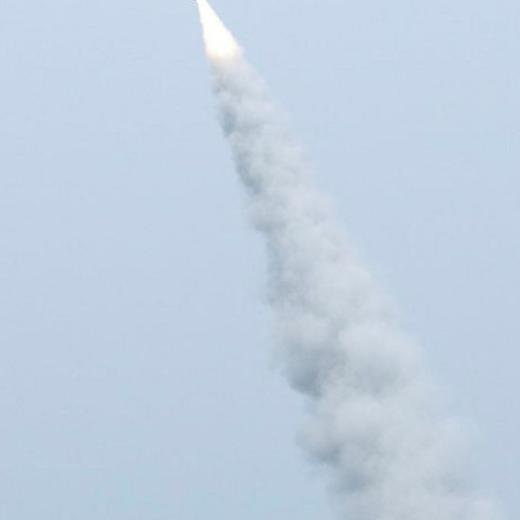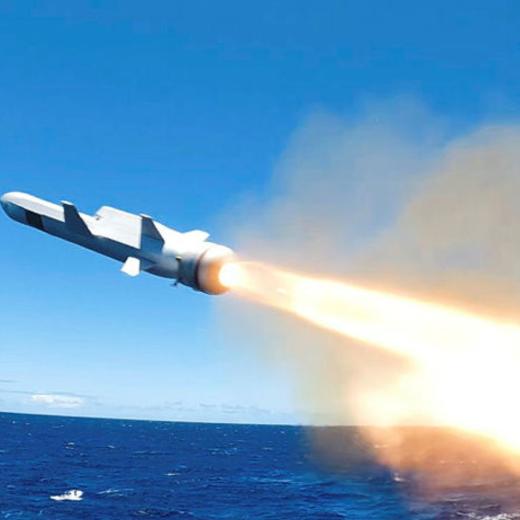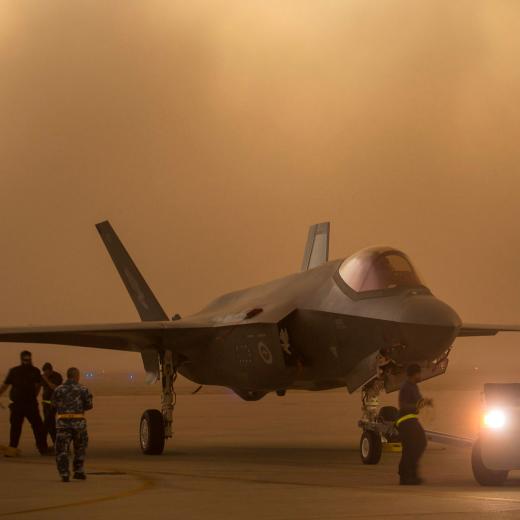BLUF
In the face of growing competition with China, the US Navy’s Distributed Lethality Strategy is designed to better deal with and facilitate long-range combat.Summary
This article by Kris Osborn in the National Interest makes the following points:
- “Distributed warfare” is the USN’s fast-evolving maritime warfare strategy.
- It involves ubiquitous and persistent sensors, dispersed platforms, advanced battle networks and increased weapon range.
- Hellfire missiles extend ship-based air-defence ranges.
- “Over-the-horizon” NSM missile to be used on the USN’s new Frigate.
- “Distributed Maritime Operations” (DMO) strategy forms the basis of the Navy’s tactical maritime warfare thinking.
- Greater drone use.
- Disaggregated surface warfare operations.
- Large and small uninhabited and habited platforms.
- Continued upgrades of weapons and software to improve guidance systems and harden attack weapons.
- Network-enabled sensors to allow missile in-flight adjustment.
- Pentagon Joint All Domain Command and Control program endeavours to transmit, secure and extend multi-mode sensor-to-shooter networking.
References
Recent Runway Posts related to this topic:
- Navy DDG(X) Next-Generation Destroyer Program: Background and Issues for Congress | The Runway (airforce.gov.au)
- In electric-powered laser test, Navy shoots down cruise missile analog | The Runway (airforce.gov.au)
References from the Web:
- JUN 2021 What is the “Distributed Lethality” Concept? -NavalPost
- APR 2022 SECNAV Delivers Remarks at Sea Air Space 2022-America’s Navy
- JUN 2022 The U.S. Navy’s Distributed Lethality Strategy Misses the Mark-the National Interest
- JUL 2022 Navy officials say Pacific exercise is not aimed at China, but it zeroes in on defending Taiwan-Defense News





